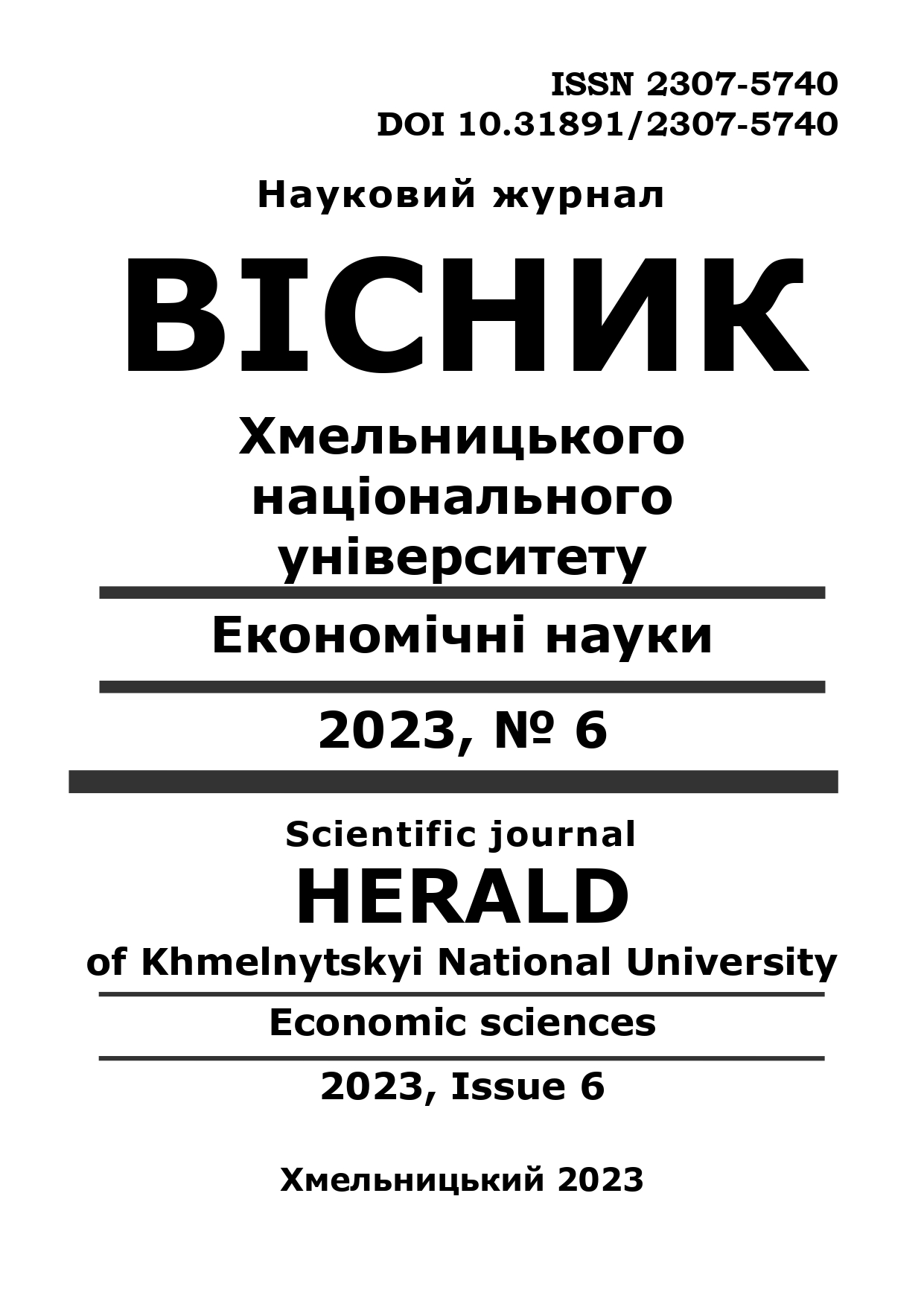BANKS’RESOLUTION INSTRUMENTS IN UKRAINE
DOI:
https://doi.org/10.31891/2307-5740-2023-324-6-15Keywords:
liquidation, resolution, assets, liabilities, deposits, capital, financial support, rehabilitation, Deposit Guarantee Fund, supervision, bridge bankAbstract
It should be noted that the problems of liquidation and resolution of banking institutions and the regulatory framework for this process remain poorly researched. The domestic practice of resolving bank is not perfect and should be harmonized with the European practice. The purpose of the research is to systematize the main ways of resolving domestic banks. The author distinguishes the components of the resolution mechanism, the form and nature of which depend on the adopted rules of regulation in a particular country. The article analyzes the resolution instruments for domestic banks. The author focuses on their main points and features. It is noted that the method of liquidation with payouts is not related to the resolution, but it is the liquidation of a banking institution with all its consequences. It is emphasized that the resolution should be based on the principle of least cost for the DGF, which is the main state resolution authority. It is recognized that the resolution of banking institutions includes the sale of business or shares in the resolution regime, the establishment of a bridge bank, purchase and assumption, and liabilities conversion. The latter instrument can be implemented with financial support from the Deposit Guarantee Fund in the form of compensation for the assumed liabilities or in the form of a loan. The author emphasizes the differences between the methods of establishing a bridge bank and the transfering assets and liabilities. The possibility of establishing a bridge bank for a period of more than one year is noted. The use of the bridge bank resolution instrument (bridge bank) helps to preserve the banking business. Proposals for improving the resolution instruments in Ukraine have been formulated.


